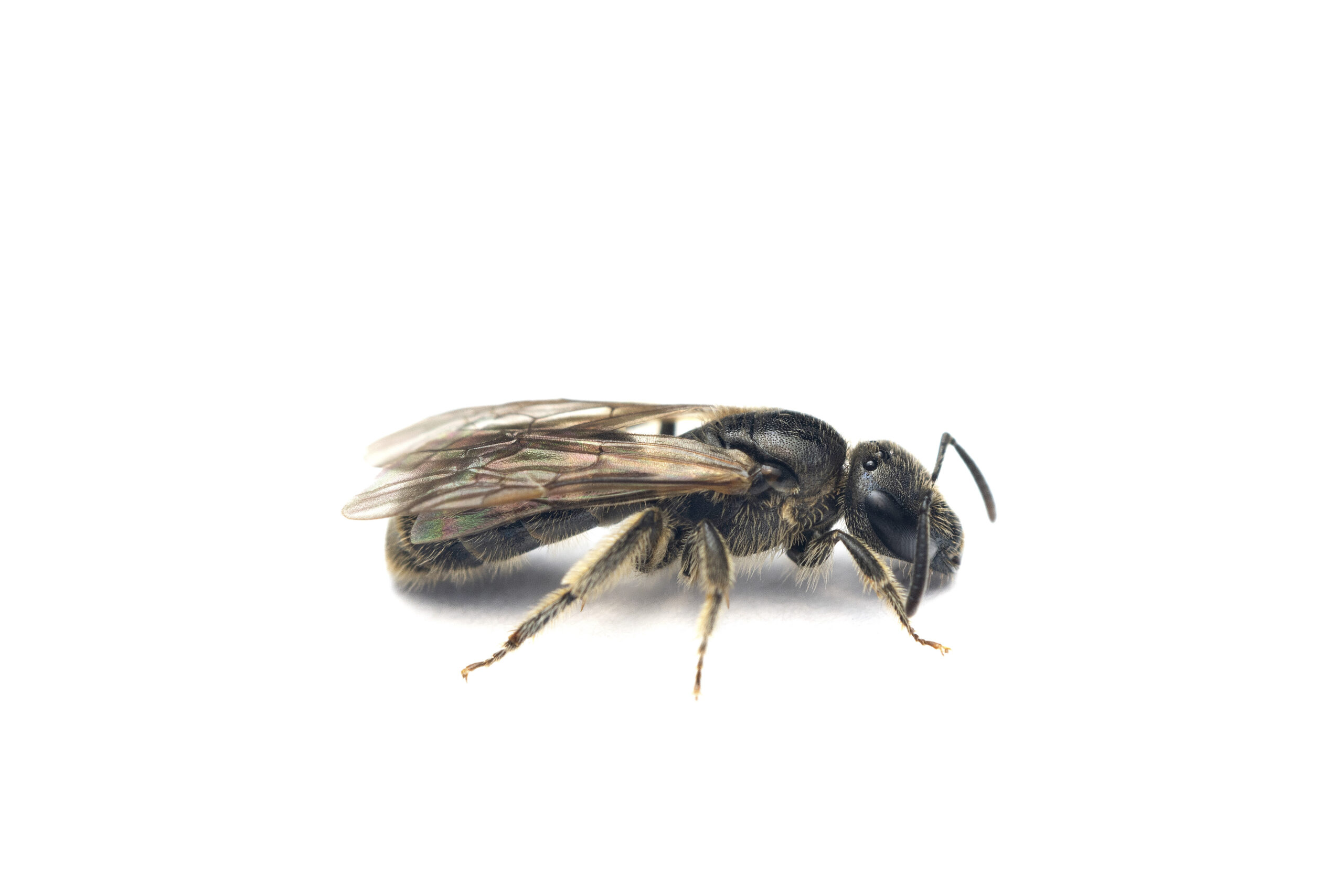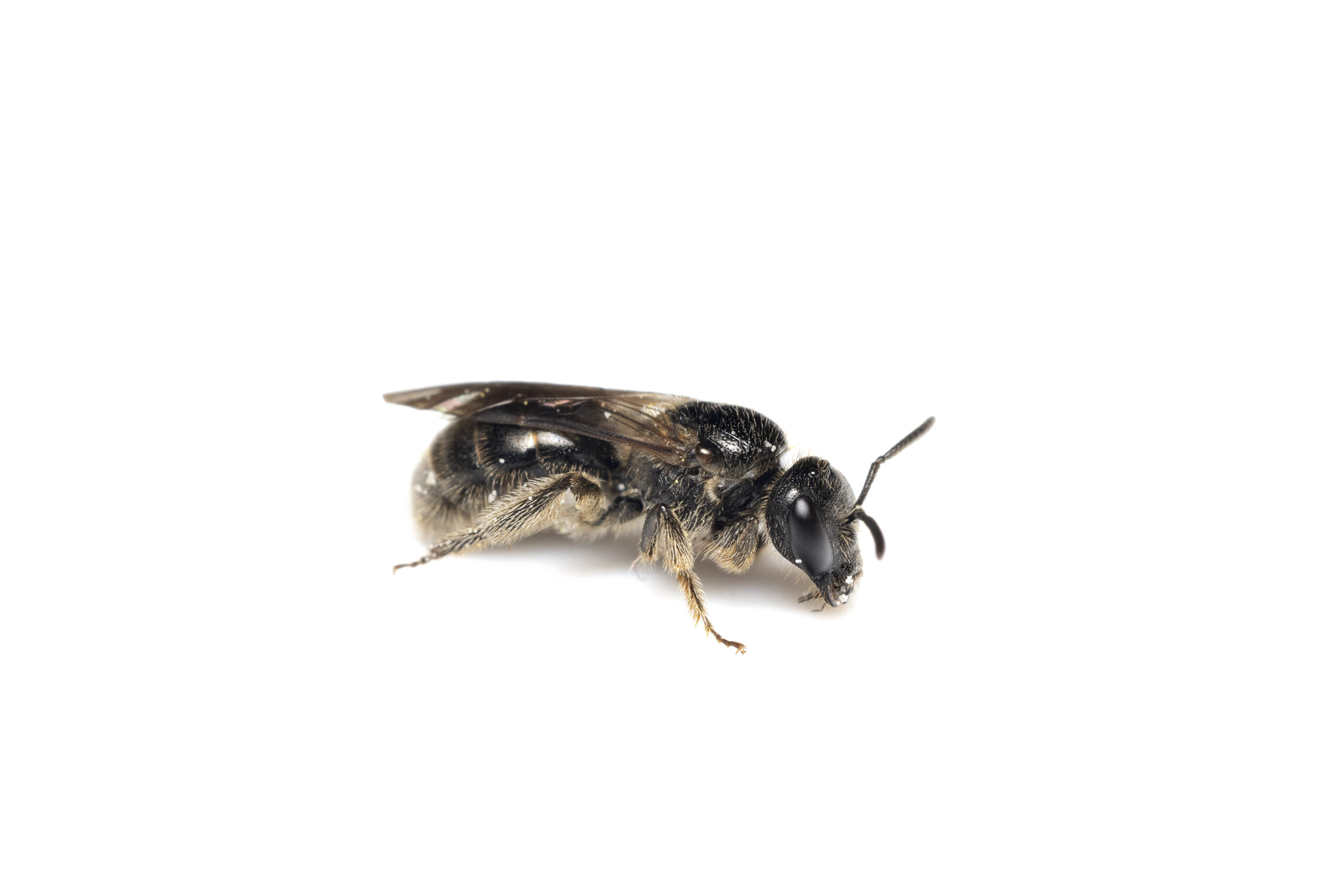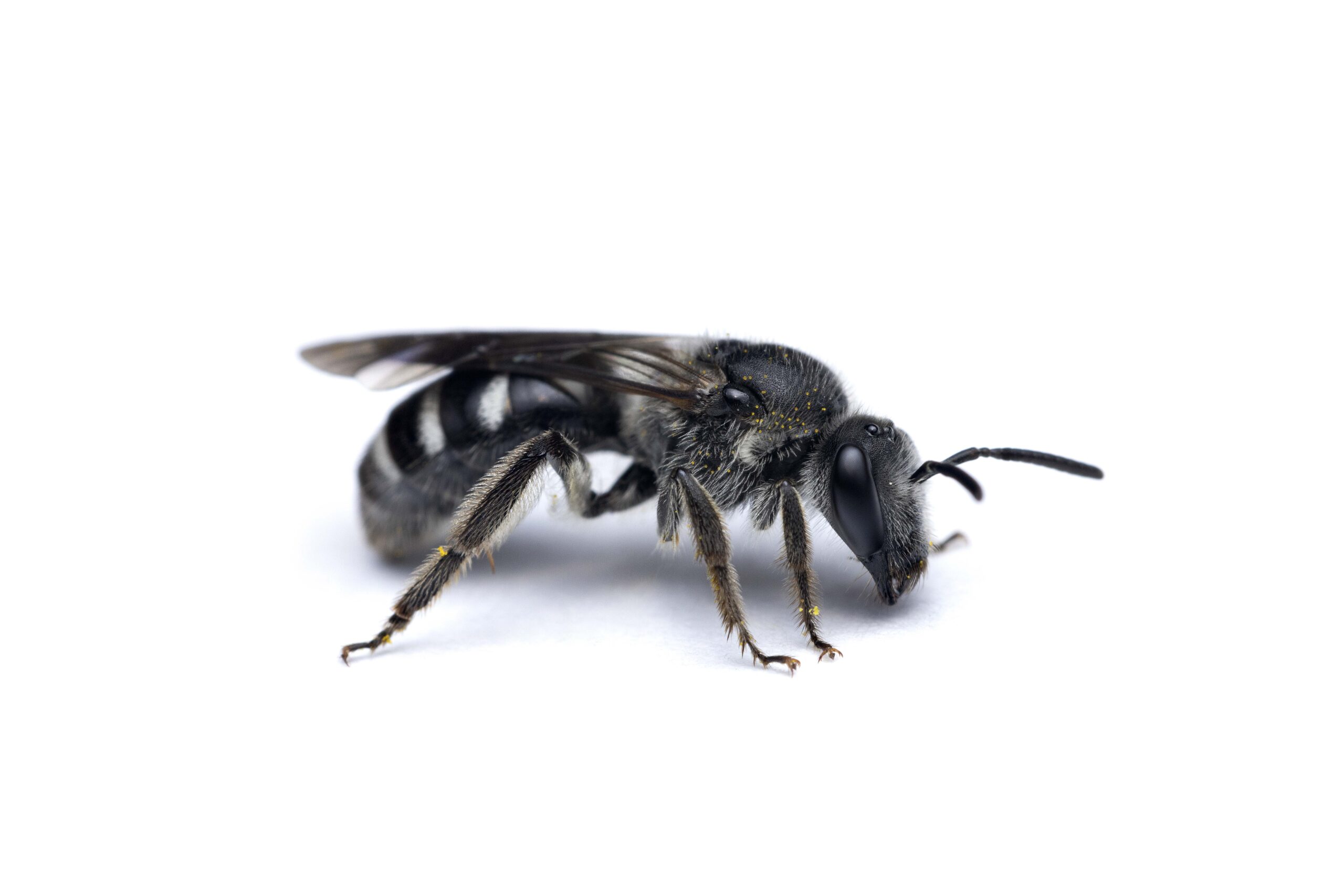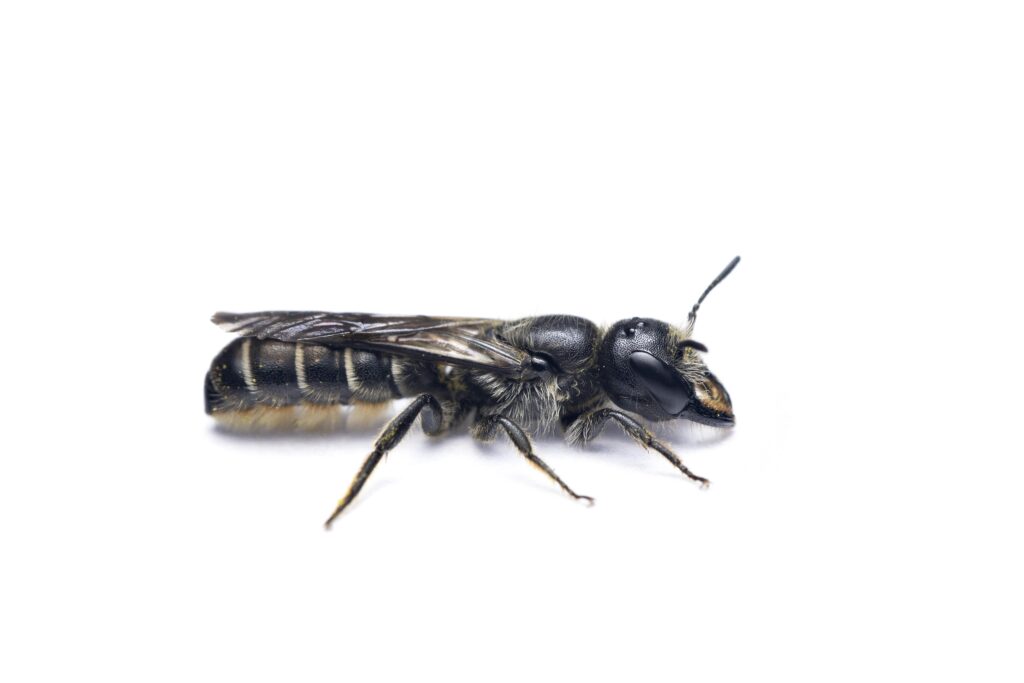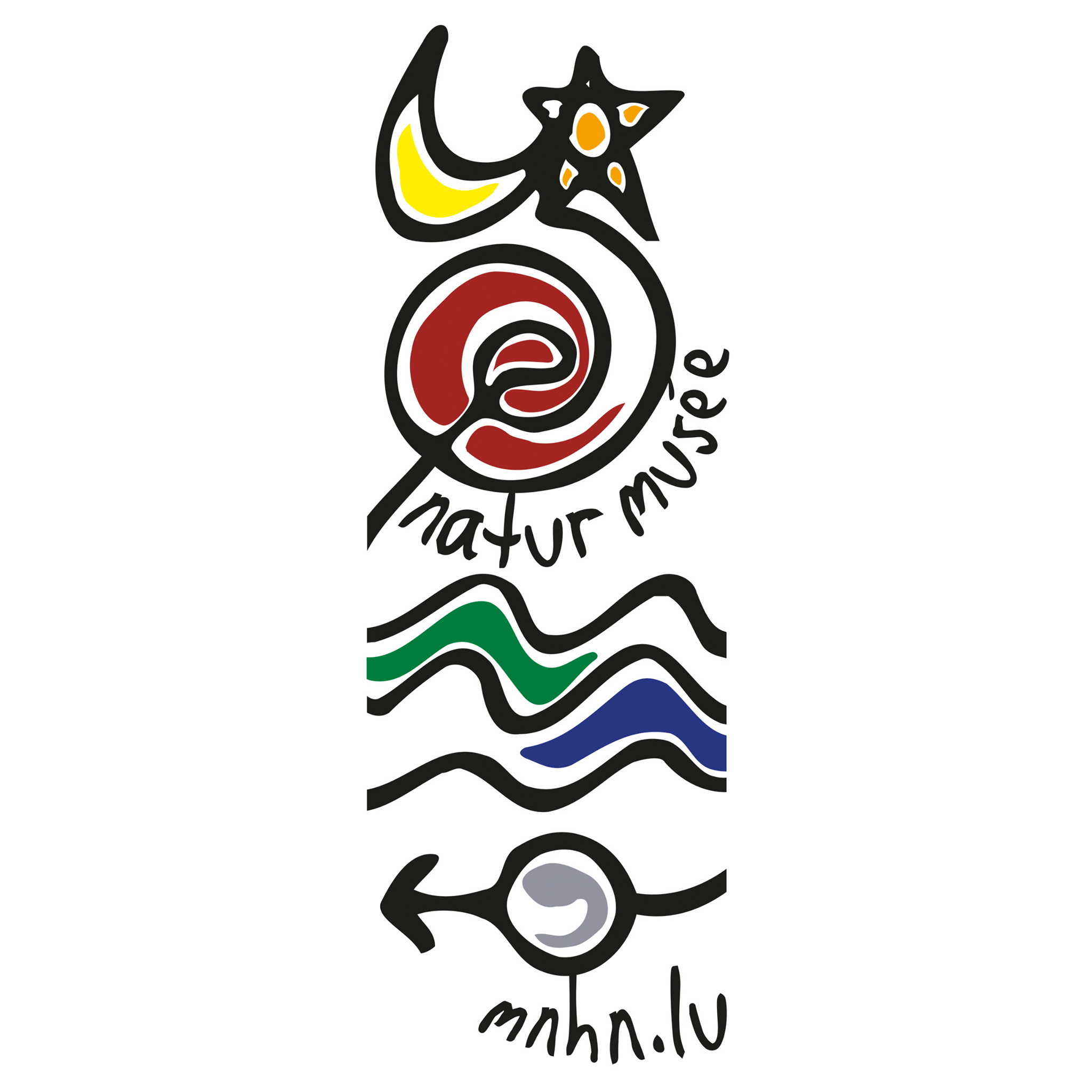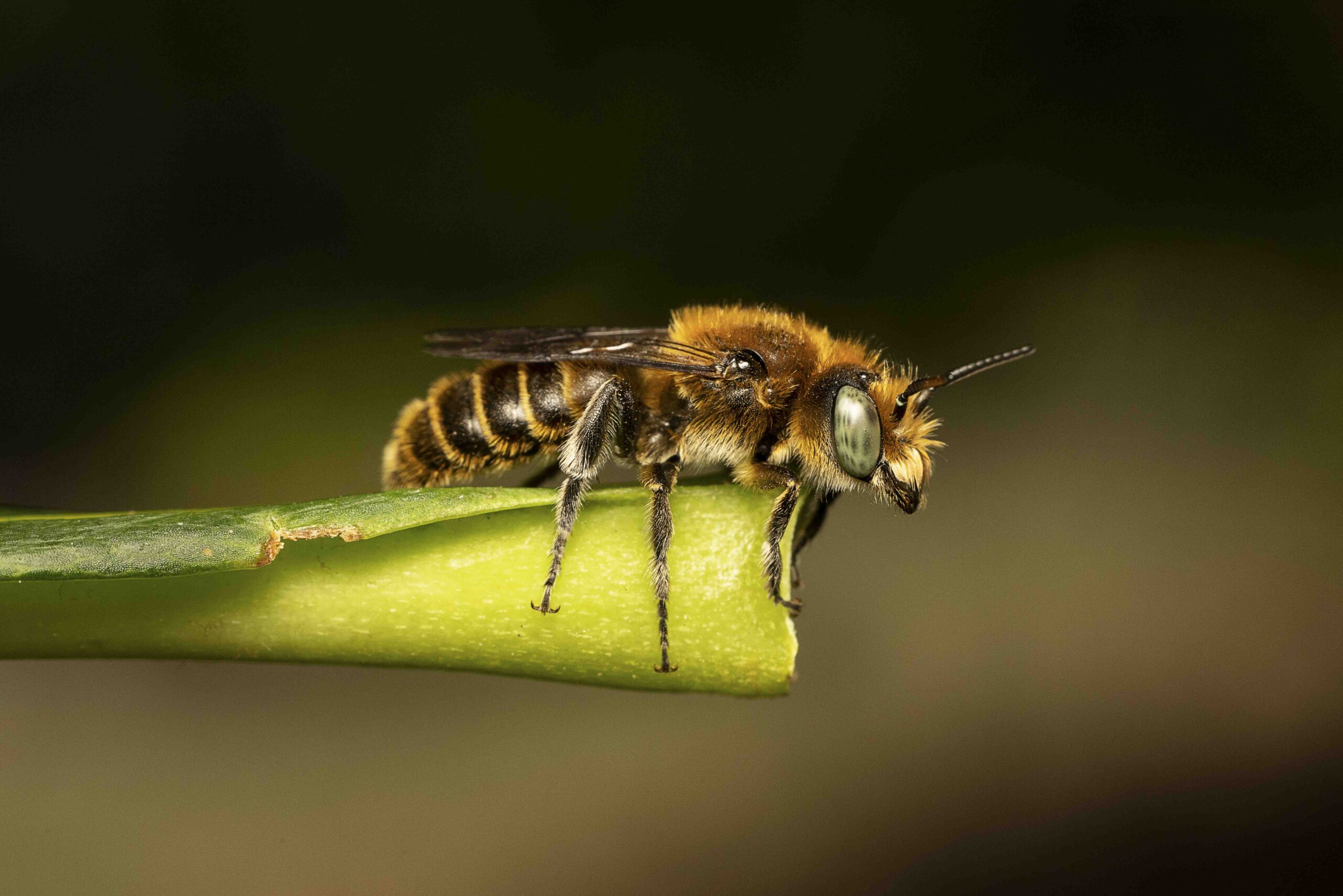Lasioglossum
Lasioglossum
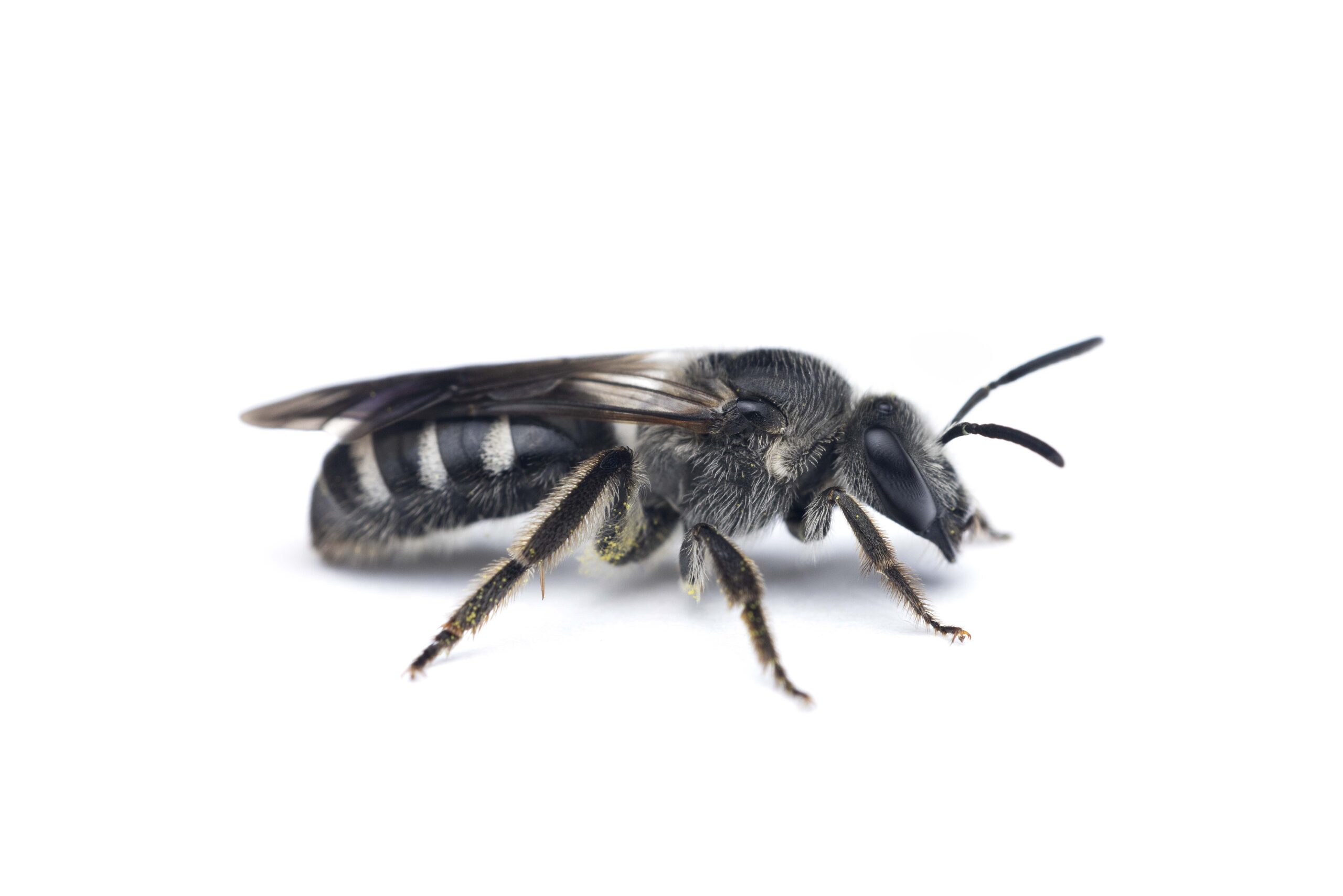
Of the 180 species described in Europe, over 40 are currently found in Luxembourg.
Lasioglossum are small to medium-sized, morphologically similar bees. Both sexes usually have a mostly dark cuticula, sometimes with red body segments or metallic reflections, and short, light colored pilosity. They can have abdominal bands or patches of appressed hairs, sometimes interrupted in the middle. Unlike Halictus, these bands are usually located at the base of the tergites. Like other halictids, females have a bald apical groove on the last tergite (“rima”). Males usually have a more elongated abdomen, longer antennae and sometimes yellow markings on the face, mandibles and/or legs. They are ground nesting bees that usually dig their own burrows in light soil. This group shows great variability in social behavior, including solitary species, social species, and all stages in between. However, the precise lifestyle of several groups is still unknown. Their flight season is very long, and they can be found from early spring to late summer, sometimes producing more than one generation per year.

